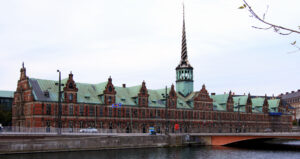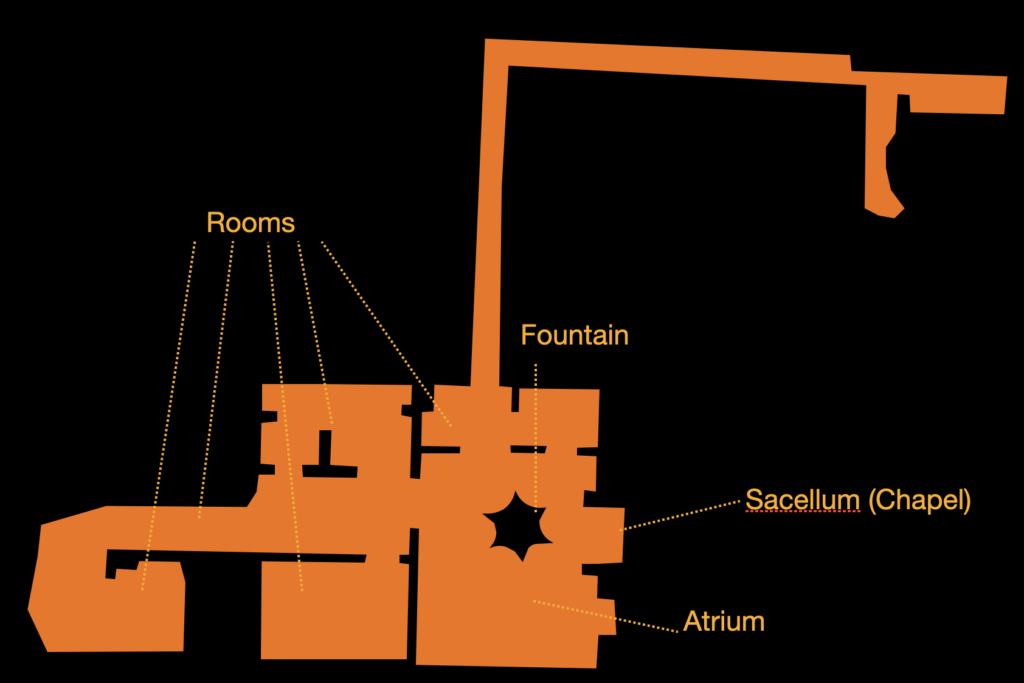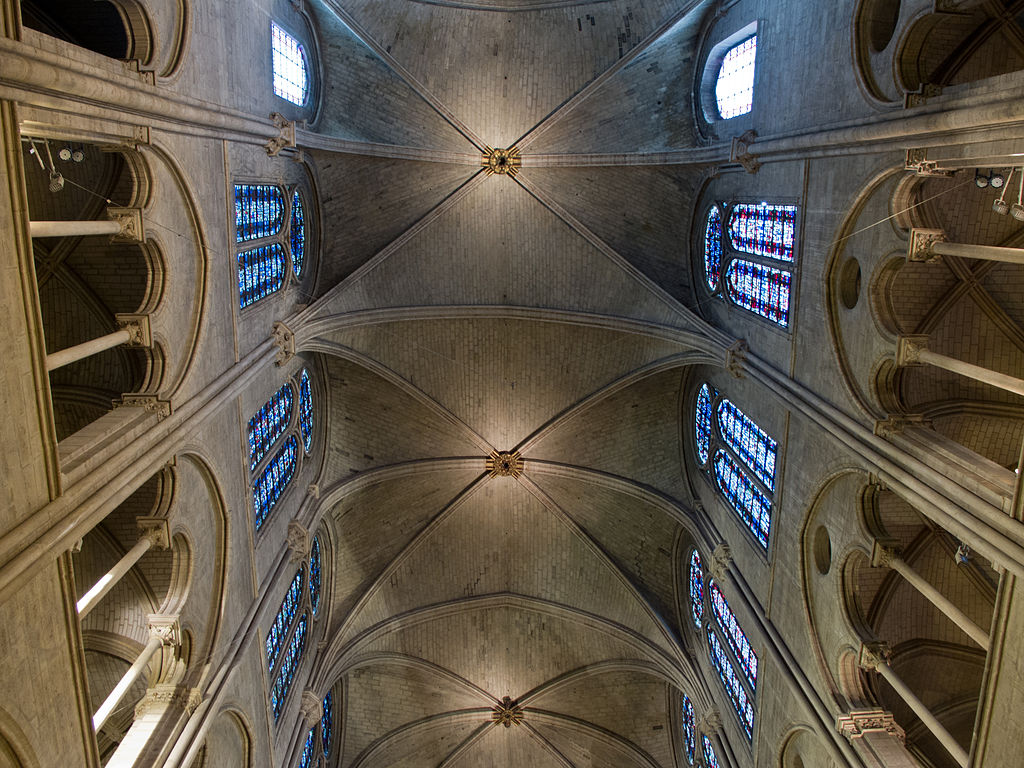120 Firefighters to Extinguish a Museum Fire in Paris
In the early hours of August 20, 2015, a devastating fire engulfed the Cité de la Science et de l’Industrie (City of Science and Industry) in Paris, France, casting a shadow over one of the city’s prominent cultural institutions. The incident not only posed a threat to valuable exhibits and scientific collections but also prompted an extensive effort in restoration and reconstruction.
Cité de la Science, located in the Parc de la Villette, is the largest science museum in Europe and a hub for science and technology education. Opened in 1986, it has been a vital resource for both locals and tourists, providing interactive exhibits, educational programs, and a unique space for the exploration of scientific wonders. The complex draws around five million people a year and comprises four huge cube-shaped buildings.

The fire broke out in the early morning hours, creating a dramatic scene as flames and smoke billowed from the iconic museum. Firefighters rushed to the scene, battling the blaze that threatened to destroy not only the physical structure but also decades of scientific and cultural artifacts housed within. In particular, the fire broke out between 02:30 and 03:00 local time in a building that was undergoing work, and has been fought by some 30 fire trucks and 120 firefighters.
Six floors of the museum have been impacted by the blaze, which took five hours to be brought under control.
The building was empty when the fire started. The fire occurred in a 10,000-square metre cube that was being fitted out for shops, and was due to open on October 15. The fire alarm system was not operational because of the works.
Wooden pallets, cardboard boxes, plasterbloard, electrical cables have been burning,and the heat was so fierce that firefighting teams were only able to work for 20 minutes at a time before having to be rotated. One of the firefighters was hospitalized with extreme heat exposure while the other suffered light injuries from smoke inhalation.
The immediate concern was to ensure the safety of visitors and museum staff. Emergency services efficiently evacuated the premises, preventing any casualties. Meanwhile, firefighters worked tirelessly to contain the fire and protect the surrounding structures.
Despite the efforts to contain the fire, several parts of the Cité de la Science suffered severe damages. Exhibits, scientific instruments, and educational materials were either destroyed or significantly impaired. The incident raised questions about the vulnerability of cultural institutions to unforeseen disasters.
In the aftermath of the fire, an extensive investigation was launched to determine the cause. While initial reports suggested an electrical malfunction as the probable origin, a comprehensive inquiry was essential to prevent future incidents and enhance safety measures for cultural institutions.
The aftermath of the fire spurred a united effort to rebuild and restore Cité de la Science. The French government, along with cultural organizations and international supporters, pledged financial and logistical support for the reconstruction project.
The reconstruction effort extended beyond merely restoring the damaged portions. Architects and conservationists collaborated to enhance the overall resilience of the structure against potential future disasters. Innovations in fire-resistant materials and updated safety protocols were incorporated to safeguard both the building and its contents.
The fire at Cité de la Science underscored the vulnerability of cultural institutions to unforeseen events and emphasized the importance of comprehensive emergency preparedness. Efforts were made not only to restore the physical infrastructure but also to rebuild and replenish the scientific and cultural treasures that were lost.
The reconstruction process became a rallying point for the community, drawing support from scientists, educators, and citizens alike. Public engagement initiatives were launched to involve the community in the rebuilding process, fostering a sense of collective ownership and pride in the restoration of a beloved cultural landmark.
The 2015 fire at Cité de la Science was an event that tested the resilience of one of Europe’s premier science museums. However, the subsequent reconstruction efforts showcased the strength of collective determination to preserve cultural heritage and promote scientific education.







